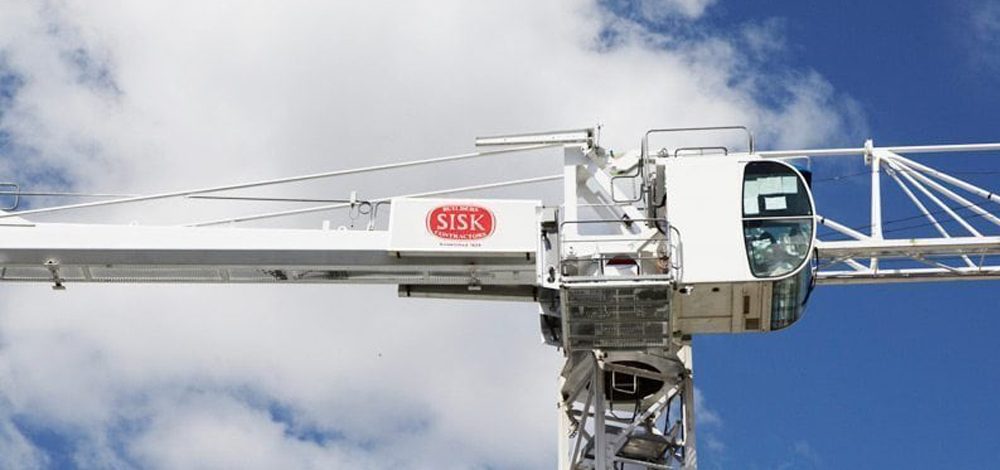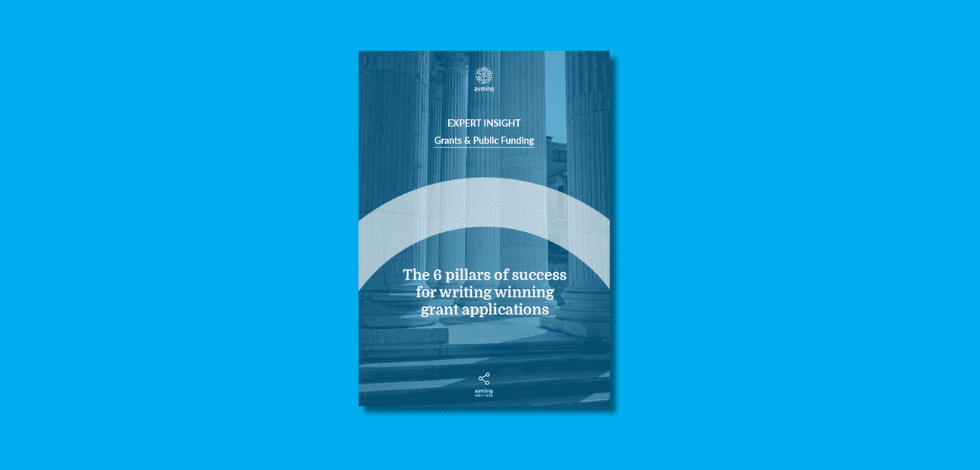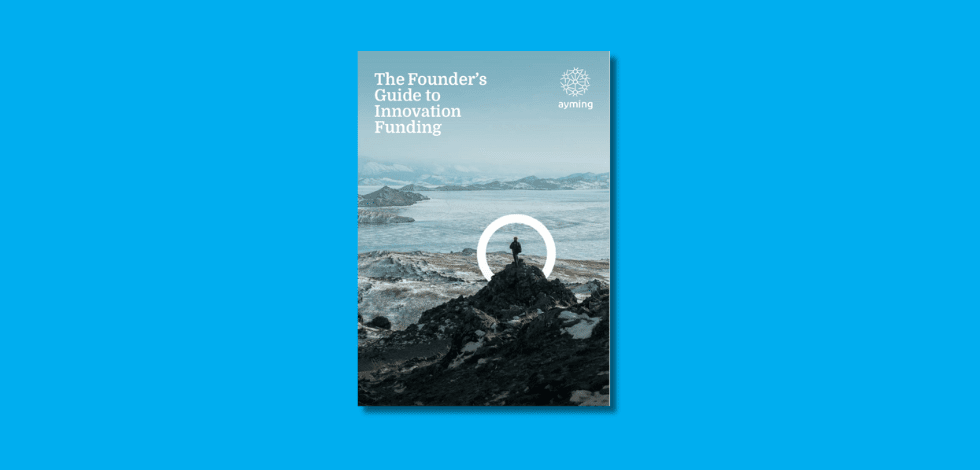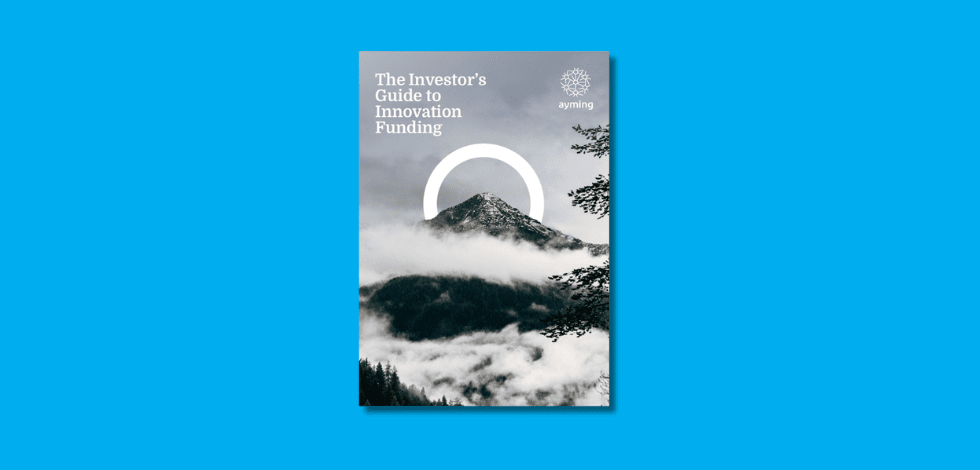Strong growth is clearly evident within the Irish construction sector in recent years and is showing no signs of slowing. This is due to the way in which the sector approaches the unique and diverse challenges that are presented to it.
Companies in the sector are continuously looking to gain a competitive edge, on both national and international platforms by drawing on their vast technical and practical experience of developing technological advancements for the “purpose of producing new, or improving existing, materials, products, devices, processes, systems or services including incremental improvements thereto”.
In seeking this competitive edge through the development of technological advancements many companies are undertaking research and development that could qualify for the research and development (R&D) tax relief. And often without even necessarily being aware of it.
As an established industry, identifying what is routine problem solving and what meets the definition of R&D for tax purposes in Irish construction is not necessarily obvious. However, some examples of some of the activities which may be eligible are:
- Advancements in modular off-site fabrication and manufacture methods
- Development of new, or improving existing, energy management and on-site power generation systems
- Unique HVAC system design
- Green building design and improvement
- Trialling of untested material combinations and mixes
- The development and improvement of construction equipment
- The design of complex structures for constructability within restricted / challenging site constraints whilst maintaining or reducing build cost and time
- Utilisation of new / untested sustainable building products and construction materials within pre-existing systems
What is the benefit?
The benefits of the Irish regime are generous, just take a look at Ayming’s global R&D tax incentives comparison ‘The Benchmark’ where Ireland comes 5th out of the 14 countries in the study. However, there is still a slow uptake. In 2004, the Irish Government implemented a new R&D tax credit system which is certainly among the most generous in the world; a fact which firms are evidently beginning to better understand. The system allows for companies to claim a tax credit of 25% on qualifying R&D expenditure as well as a corporation tax deduction of 12.5%, bringing the overall relief to 37.5%.
It is this relief that should be used to offset the upfront cost and commercial risk that is always present when companies are pushing technological boundaries of their field of science and technology.
As simple as 1-2-3?
Not necessarily. The application of the R&D Tax credit is broad, to cover many sectors. However for the Irish construction industry, being able to define and then evidence what constitutes an “R&D activity” can be a daunting task.
It’s key to be able to identify eligible R&D activities from the start of a project and implement a robust but efficient process that ensures the R&D process is evidenced on a timely and consistent basis. This should in no way prevent companies from claiming; in reality this just highlights why the highly lucrative benefit should be considered prospectively at the very start of the project lifecycle.
Retrospective and future opportunities
When companies start the claim process, reviewing projects retrospectively is not ideal, but by no means impossible. However, it should be clearly understood that the first claim year is never just about receiving the tax credit in respect to works already undertaken, but implementing a process that enables the credit to be fully utilised in the coming years, providing an ongoing boost to their bottom line.
To conclude, the chances are that many Irish construction companies are undertaking R&D whether they realise it or not and could be eligible for tax relief. The application process is not necessarily that simple to navigate, as there are many obstacles to overcome when identifying qualifying projects and spend. However, those companies which persevere could receive a generous and potentially ongoing benefit, to support future innovation and competitive advantage.












